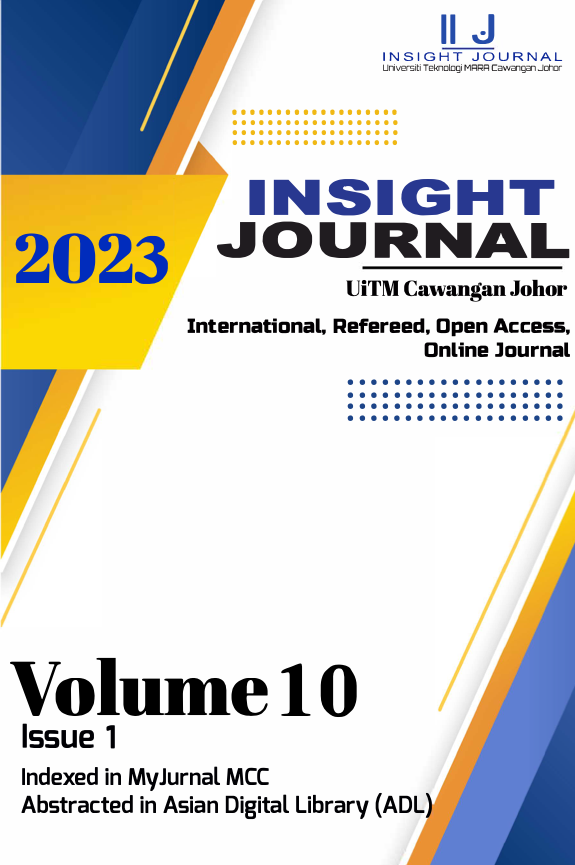WHAT A WASTE:
A CONCEPTUAL FRAMEWORK TO EXAMINE LOCAL RESIDENTS’ ACCEPTANCE TOWARDS THE SITTING OF WASTE INCINERATOR
Keywords:
Waste Incinerator, Attitude, Theory of Planned Behaviour, Risk perception, energy justice, Community AcceptanceAbstract
Waste incinerators are a plausible solution for waste management in addressing the increasing generation of wastes. However, community acceptance is forming a hurdle to the waste incinerator implementation, and cause delay, suspension, even cancellation and stop of operation of waste incinerator project. This indicates a pressing need to understand local community response towards waste incinerator implementation in order to mitigate this social barrier, alongside the development of waste incinerator. The objective of this study is to conduct a propose conceptual framework in examining the local resident’s acceptance towards the sitting of waste incinerator within the neighbourhood vicinity. A systematic literature review had been conducted in order to propose the conceptual framework. This conceptual framework is based on the theory of planned behaviour, and further being extended with concepts related to risk perception, and energy justice. This framework serves as a theoretical backbone for understanding local response’s attitude towards the sitting of waste incinerator, thus, insights in fostering community acceptance can be gained and mitigating the pressing social barriers with the development of waste incinerator.
Downloads
Published
Issue
Section
License
Copyright (c) 2023 UiTM Press

This work is licensed under a Creative Commons Attribution 4.0 International License.







